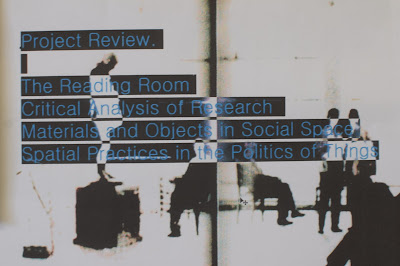Rebecca Solnit explores Susan Bordo’s claim that ‘if the body is a metaphor for our locatedness in space and time and thus for the finitude of human perception and knowledge, then the post modern body is no body at all.’ Solnit comments on this post modern body that it is more of a passive object, appearing most often laid out upon an examining table or in bed. ‘A medical and sexual phenomenon, it is site of sensations, processes, and desires rather than a source of action and production, this body has nothing left but the erotic as a residue of what it means to be embodied. Which is not to disparage sex and the erotic as fascinating and profound, only to propose that they are so emphasised because other aspects of being embodied have atrophied for many people.’(Solnit, 2002)
We return back to the urgent need to make and experience things that in someway that lead us back to ourselves. The creative architectural work of Peter Zumthor is something that I am engaging with. He has developed architectural design practices that consider each project in terms of a comprehensive and encompassing sensory experience. He looks beyond the mere physical form and its fabric. He attempts to address issues of the body and how it may interact within a built environment. The use of memory as a spatial narrative to accompany the atmosphere of his spaces is realised through evocative material surfaces and densities. I feel that there is a synergy here between the opening up of the interior of a pot and the opening up of a space to dwell in.
In sensing a pots interior from its surface, we are as it were in some intimate tacit correspondence with its spatial sensing centre. We become known to it through its maker’s creative gesture of innerness. This anthropological inner space linking us to the potter is both sensual and distant; its vacancy allows us dwell in the maker’s absence. We become part of the vessel, we enter its philosophy of solitude.



No comments:
Post a Comment